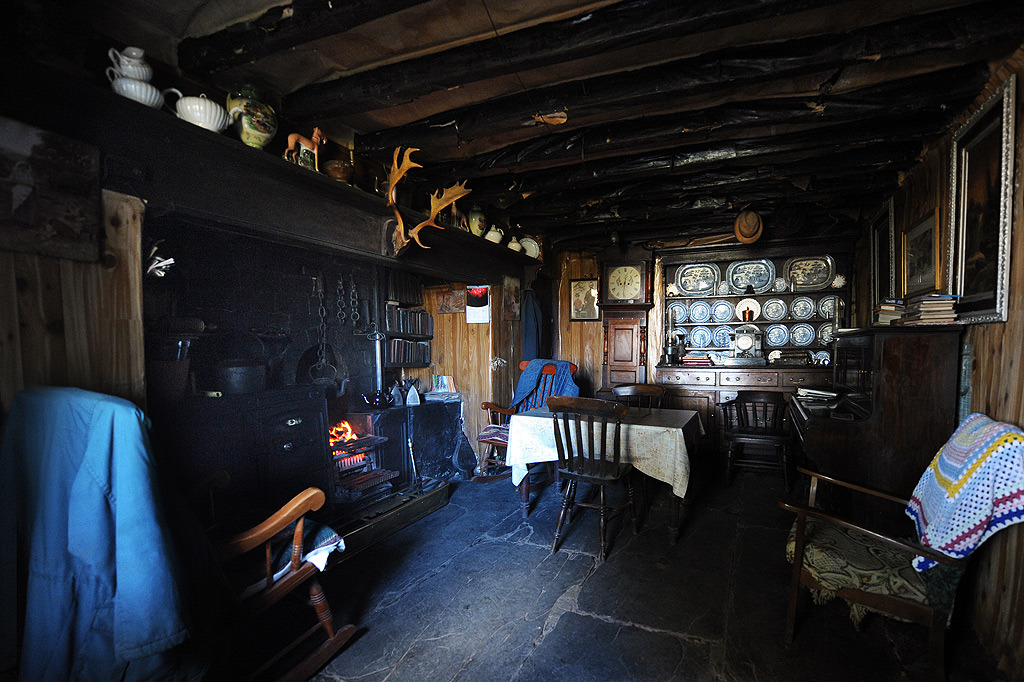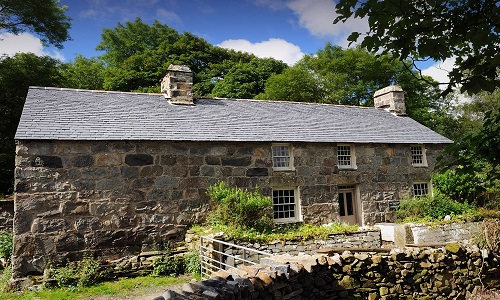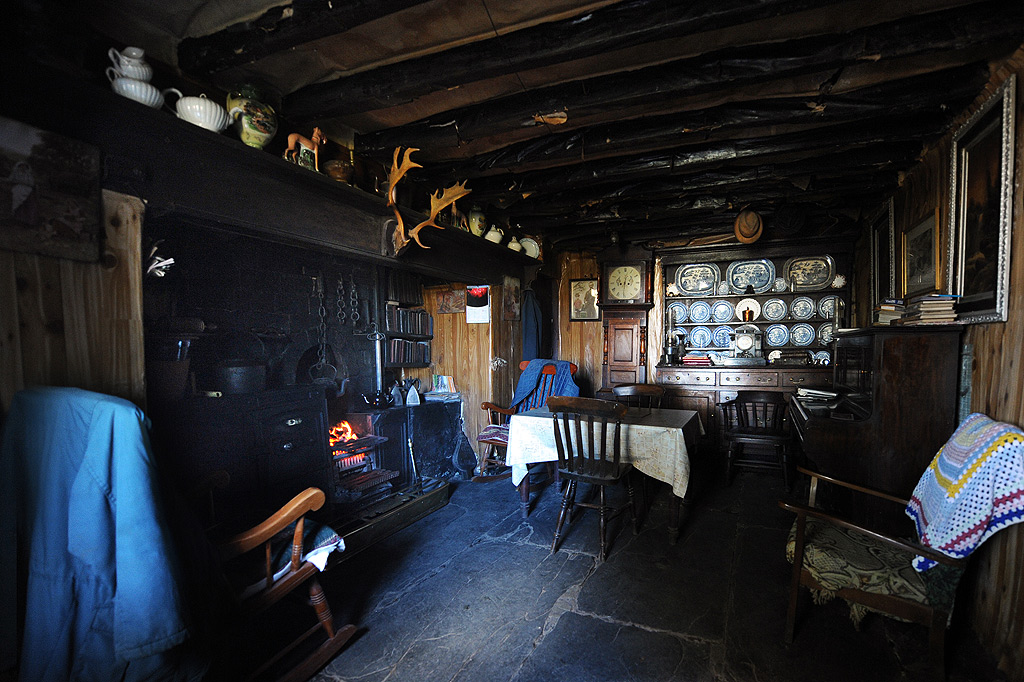Case Study
Yr Ysgwrn: Keeping the door open
Contact name
Naomi Jones
Institution name
Snowdonia National Park Authority
Region & country
Wales - United Kingdom
Summary
Yr Ysgwrn, a traditional Welsh 168 acre hill farm in Snowdonia came to international recognition in 1917 as the home of Hedd Wyn, a soldier-poet who fell at Passchendaele, 6 weeks before it was announced that he had won the National Eisteddfod chair, the highest accolade available to a Welsh language poet. Largely preserved as it was in 1917, his home became a place of pilgrimage, representing the generation of Welshmen lost during WW1, and is visited by thousands of visitors every year. Hedd Wyn is one of the several generations of poets who have been inspired by Snowdonia’s rugged landscape and whose poetry is now a part of the special qualities of the National Park itself.

Photo by:

Photo by:

Photo by:
Background of the project
Yr Ysgwrn was a private home, visited by approximately 4000 visitors every year. They were guided by Hedd Wyn’s family, most recently by his octogenarian nephew, Mr. Gerald Williams. Mr. Williams had long been concerned about the future of the site and in 2012, agreed to sell the farm, including 168 acres of land, buildings and historic chattels to the Snowdonia National Park Authority. The purchase was possible with the support of the Welsh Government and National Heritage Memorial fund.
Yr Ysgwrn required significant capital investment, to both conserve and develop the site as a museum and visitor destination. The development was undertaken both to benefit from the collection of chattels and to improve the visitor experience onsite. As an organisation, we want people to understand more about the area’s cultural heritage and about the way that man has interacted with the landscape through a unique way of life. Yr Ysgwrn provides a magnificent lens for us to be able to do this.
Solution and actions taken
We applied for funding and secured approximately £3.1m from the Heritage Lottery Fund, £300,000 from Welsh Government, with additional non-cash contributions. We developed detailed plans with the assistance of a design team led by conservation architects and having received planning permission, have almost completed the development. The site will re-open to the public in May 2017.
We negotiated the purchase with Mr. Williams and worked with him, the local community, other stakeholders, and experts to develop a vision and plans for the site. We ensured that people always felt involved, by organising events, activities, consultation opportunities and through a strong social media presence.
Other institutions or parties involved
Welsh Government, local municipal authorities, the National Museum of Wales, the National Library of Wales, the National Eisteddfod, Bangor University, local voluntary organisations, the local Community Council.
Results
The site will re-open to the public, following a 4-year development, in May 2017.
Challenges
Stakeholder engagement was a challenge as the site means so much to so many people. Securing the support of the local community has been one of the most rewarding aspects of the project. Working with historic buildings within a conservation area has also been challenging, however, these were very valuable lessons for us and they will hopefully help us to deliver a better service in future.
Lessons learned
Securing funding isn’t always the biggest challenge.
Working with people and communities is extremely challenging, but if this is done well, they become champions for the project and that is an excellent way to improve the organisation’s reputation.
There will be many stumbling blocks along the way, however, the important thing is to focus on the vision and end goal.
Contact name
Naomi Jones
Institution name
Snowdonia National Park Authority